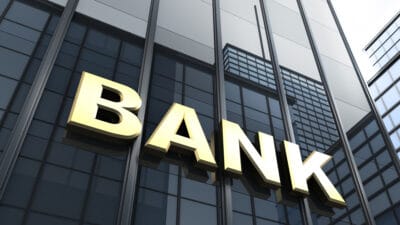Commonwealth Bank of Australia (ASX: CBA) shares are known for paying appealing dividends to shareholders. But, the Vanguard Australian Shares High Yield ETF (ASX: VHY) could also be a solid option to generate extra income.
Most people know CBA as the biggest ASX bank share with a strong market share. But the exchange-traded fund (ETF) offering from Vanguard is a portfolio that is focused on ASX blue chip shares that pay investors a relatively high dividend yield.
As a first step, let's look at which investment option has the largest dividend yield.
Dividend yield
CBA shares are expected to pay an annual dividend per share of $4.30 in FY23 and $4.35 per share in FY24. At the current CBA share price, this translates into a forward grossed-up dividend yield of 6.3% and 6.4%, according to (independent) Commsec numbers.
Looking at the Vanguard Australian Shares High Yield ETF, according to Vanguard, it's going to pay a grossed-up dividend yield of 7.3%, using FactSet numbers.
On these numbers, the VHY ETF could offer investors a stronger dividend yield. How does it do it?
ETF structure offers diversified returns
The job of an ETF is to pass on the investment returns made by the underlying businesses. So, if the holdings of the ETF pay a big dividend then this will benefit the ETF's investors as well.
The Vanguard Australian Shares High Yield ETF is invested in ASX shares like BHP Group Ltd (ASX: BHP), National Australia Bank Ltd (ASX: NAB), Woodside Energy Group Ltd (ASX: WDS), Westpac Banking Corp (ASX: WBC), and ANZ Group Holdings Ltd (ASX: ANZ).
All of the companies I named above are likely to pay a larger dividend yield than CBA shares because of their lower price/earnings (p/e) ratio.
There is a weighting limit to any one particular industry of 40% of the total ETF and 10% in any one company.
The VHY ETF has a total of 72 holdings. Investors can get a lot more diversification by going with the ETF over one particular business.
Even so, while it does come with a decent amount of diversification, more than 60% of the portfolio is invested in just two industries: financials and basic materials. So, while it's not exactly the most diversified ASX ETF that Aussies can find, it reflects which sectors typically pay large dividend yields to investors.
Volatility of dividend income
While the VHY ETF may offer investors a better dividend yield over the next 12 months, we should keep in mind that the actual dividend payments in dollar terms could be more volatile because it has a large weighting to resource businesses like BHP Group Ltd (ASX: BHP), Rio Tinto Ltd (ASX: RIO), Fortescue Metals Group Ltd (ASX: FMG), Mineral Resources Ltd (ASX: MIN), South32 Ltd (ASX: S32) and Woodside Energy Group Ltd (ASX: WDS).
Dividends from CBA shares are not as volatile but can go down as we saw during 2020 when COVID-19 first impacted the market and broader economy.
Resource prices can move quite significantly over time, which means the profits can move substantially. This, in turn, has a flow-on effect on the dividend. The most recent quarterly dividend payment from the ASX ETF was down around 30%.
The VHY ETF projected dividend yield over the next 12 months is still expected to be noticeably bigger than what CBA shares pay.
Foolish takeaway
If I wanted to receive a bigger amount of dividend income, I'd choose the Vanguard Australian Shares High Yield ETF because of the larger yield and the diversification.
I'm not optimistic about the long-term growth for the overall banking sector due to how much permanent competition there appears to be, so CBA doesn't appeal to me, particularly due to its p/e ratio valuation being materially more than its peers.








